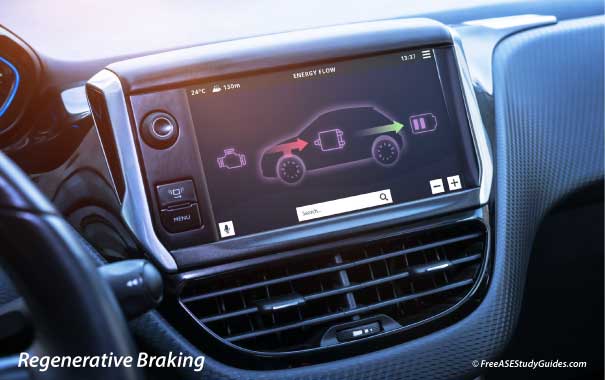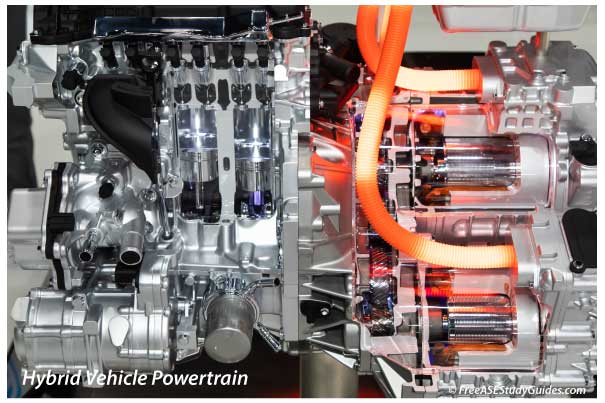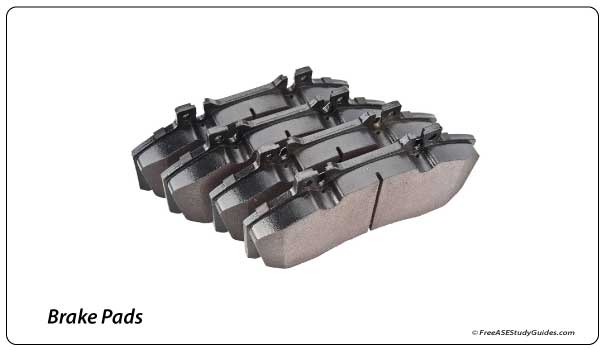Regenerative Braking

Hybrid and electric vehicles use regenerative braking systems that create electricity while braking. The EBCM of an EV or PHEV is programmed to use a combination of friction and regenerative braking to slow and stop the car. AC motors are more efficient than DC motors and are used in hybrid and electric vehicles today.

The motor/generator acts as a drive motor and generator in a hybrid vehicle. Typically, as soon as the driver lifts off the gas pedal and begins to coast, the system starts creating and recovering power.
Passing a wire through a magnetic field creates electricity in the wire. The stator is a ring of permanent magnets, and the rotor is conductive wire wrapped around an iron core. As the two interact, power is created and passed to a large battery or capacitor
The charging process creates drag (like an alternator) as the rotor passes by the stator, slowing the vehicle while charging the battery. Manufacturers of modern cars and SUVs have different levels and settings to adjust for the feel. Regenerative braking feels different at first, similar to engine braking, and takes some getting used to.

Modern vehicles convert up to 70% of the vehicle's kinetic energy into chemical energy for storage. However, the efficiency of the regenerative braking system varies between models. Because regenerative braking does much of the stopping, there is less wear on the vehicle's conventional friction brake system. This added stopping power is beneficial, and as a result, the vehicle's brake pads and rotors last longer.